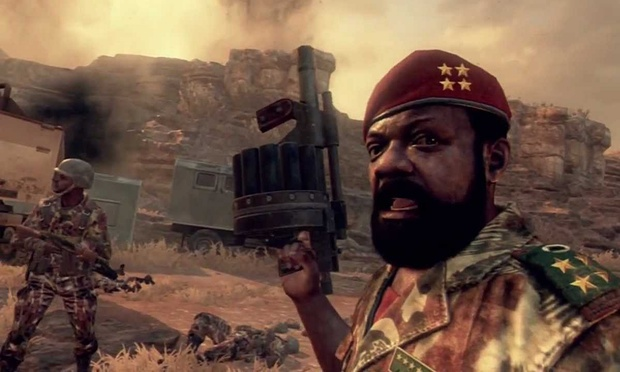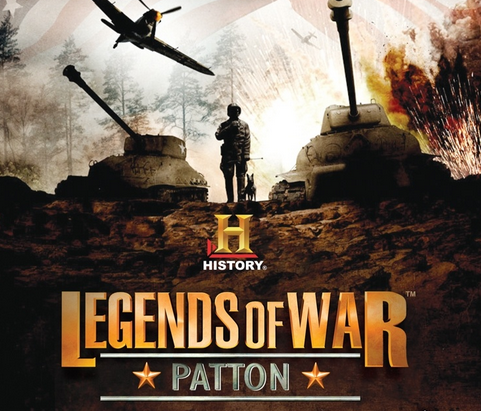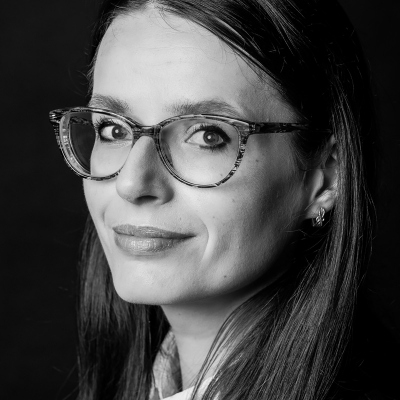Likeness in a computer game: Real deceased people
We have already written about the conditions under which the likeness of real-life people can be used in a game. But what if a game developer wants to use the likeness of a deceased person, or make an avatar look like a deceased person, e.g. a dead celebrity (aka “deleb”) or historical figure? After all, obtaining the person’s consent is impossible. So can the likeness of a dead person be used freely? In this article, we point out what rules a game developer should follow to ensure they are legally on safe ground.
The likeness of natural persons is protected on various grounds. In the Polish legal system, it is protected first of all under the Copyright Act, but also under the Civil Code as a personal rights. What does this mean for video game developers?
Personal rights—the importance of context when using likeness
A personal right, including likeness, is an attribute of every human being and is closely related to him or her. In principle, personal rights are extinguished with death. Protection of personal likeness can be claimed only by a living person. This does not mean that the deceased’s likeness can be used freely. Although the rightholder is dead, the relatives of the deceased are entitled to other protected personal rights, which might be infringed in connection with the use of the likeness or other attributes of the deceased in a game.
The context and nature of the use of the deceased’s likeness will be important. In particular, the relatives may claim violation of the relatives’ good memory of the deceased. This protects the dignity, honour and privacy of the deceased and the right to be remembered by loved ones as a worthy human being. Essentially, such protection is unlimited in time, although its strength and scope will be greater the less time has passed since death. Thus, in simple terms, the use and presentation of the likeness of a deceased person in a game in a way that would violate personal rights of the deceased if he or she were alive will, as a rule, infringe the relatives’ good memory of the deceased.
In the world of video games, this may be illustrated by a case brought to a French court by the heirs of Jonas Savimbi, leader of the Angolan anti-government UNITA movement. Three of his children sued the French distributor of the game Call of Duty: Black Ops II, produced by Activision Blizzard, for EUR 1 million in damages.

Screenshot from Call of Duty: Black Ops II with a likeness of Jonas Savimbi
The lawsuit alleged that Savimbi was portrayed in the game in a negative light, as a murderer and barbarian. Activision Blizzard countered that the character was shown realistically, and indeed as a positive character.
The case was not decided on the merits, as the court held it could not hear the case due to procedural errors and lack of jurisdiction.
Where the facts are distorted or the circumstances of the deceased are misrepresented, or where a likeness is presented in a negative light, in a way that detracts from memory and honour, the risk of infringement of the personal rights of the deceased’s relatives cannot be ruled out. They may be the person’s heirs or any other person whose relationship with the deceased was so close that infringement of the deceased’s honour infringes on the claimant’s emotional sphere (Supreme Court of Poland judgment of 15 December 1979, case no. I CR 232/79).
Copyright or necessary consent of a defined group of relatives
The situation is slightly different under the Copyright Act. The copyright protection of likeness is limited in time. The right to protect the deceased’s likeness (and indeed its material elements, especially against commercial use, such as in a game) is vested in a strictly defined group of persons close to the deceased. Without going into the legal complexities and doubts regarding this regulation, to use the deceased’s likeness without risking infringement of copyright a game developer should obtain the consent of one of these relatives.
Consent can be given by the deceased’s widow(er), or if the deceased had no spouse (or he or she is also dead), consent can be given in turn by descendants (children, grandchildren, etc), parents, siblings, or siblings’ descendants. Claims can only be made by the persons named above. The protection is temporary: it cannot be asserted more than 20 years after the death of the person whose likeness was exploited.
It should be emphasised that obtaining consent to use the deceased’s likeness (necessary under the Copyright Act) does not exclude potential infringement of the personal rights of the living relatives if the image is used in the manner discussed above (e.g. its use causes suffering or stress to relatives, raises additional questions from the environment around the deceased or tragic events, violates the relatives’ good memory of the deceased, casts the deceased in a bad light, distorts the facts about him or her, etc).
Special arrangements for VIPs
The likenesses of some deceased people are subject to special rules. In Poland, such special rules apply, for example, to protection of Chopin’s heritage (Act on Protection of the Heritage of Fryderyk Chopin of 3 February 2001). Both the composer’s name and likeness are protected, under the care of the minister for culture and protection of cultural heritage. Therefore, a game developer wishing to use the composer’s likeness should obtain permission (under the current system) from the Minister of Culture, National Heritage and Sport. It is comforting to know that Chopin is despite it all a hero of computer games—after a cursory check, we have identified three such games (Eternal Sonata (Bandai Namco Games), Fred3ric (Forever Entertainment) and Music Master: Chopin (Bloober Team)).
It is not the same everywhere!
We always stress this point. The rules on image protection are territorial. The regulations and solutions provided for in Poland may differ from those in, for example, the United States (or particular states), Austria, or other countries. When deciding to use the deceased’s likeness (or an image similar to it), it is worth verifying the law of the state the person came from and the law of the state where the game will be distributed (as in the case of Jonas Savimbi’s heirs).
While, as we pointed out, under copyright in Poland image protection lasts 20 years from death, in some US states it is 70 years from death. Accurate verification of dates is of colossal importance, as was discovered for example by Maximum Family Games, developer of Legends of War: Patton. In 2014, it was sued by CMG Worldwide, an entity representing the estate of US Gen. George S. Patton, and owning the rights to his name and likeness, over the use in the game of the character of General Patton (who died in 1945). The case itself was brought a year before the end of the 70-year period of the right of publicity provided for by the state of California.

Cover of the game Legends of War: Patton
Summary
In principle, creators of video games or other works enjoy a high degree of freedom in the field of artistic creation and have the right to present their own vision of the world around them. When creating a work based on authentic, historical events, they have the right to assess those events critically, taking an individual and subjective look at past events and the people involved (Supreme Court of Poland judgment of 15 December 1979, case no. I CR 232/79). However, this creative freedom is not limitless, and the likeness of the departed cannot be used in a wholly arbitrary manner.
Verification of the dates, analysis of the law of the state where the deceased came from or other relevant law, obtaining appropriate consent (from a relevant group of relatives or the administrator of the rights of the deceased), and the context of the use of the likeness are key issues to be taken into account when deciding to include an image or likeness of the deceased in a game.
This article is based on the authors’ lecture at the Game Industry Conference 2020 entitled “‘Any resemblance to real persons is…’: Law vs. likeness.”
Dr Monika A. Górska, attorney-at-law, Lena Marcinoska-Boulangé, adwokat, Intellectual Property practice, Wardyński & Partners

